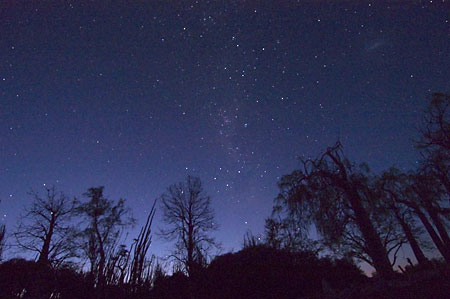I’m setting up this thread for random photography Q&A, reviews of cameras, posting of resources, and similar stuff. Questions posted in lesson threads will still be answered. This is mostly for very-off-topic subjects.
This is also a good place for posters not taking the class to ask individual questions.
Since I’m here, I’ll announce that I will be changing the class order. Without renumbering them we’ll go:
Lesson #3. “How Big and How Fast?” - Exposure, aperture and shutter speed
Lesson #4. “Picture Framing” - Composing your photographs
Lesson #2. “A Photographic History” - The history of photography
From the first lesson, it’s clear we should get to #3 and #4 sooner rather than later.



 Reply with quote
Reply with quote





